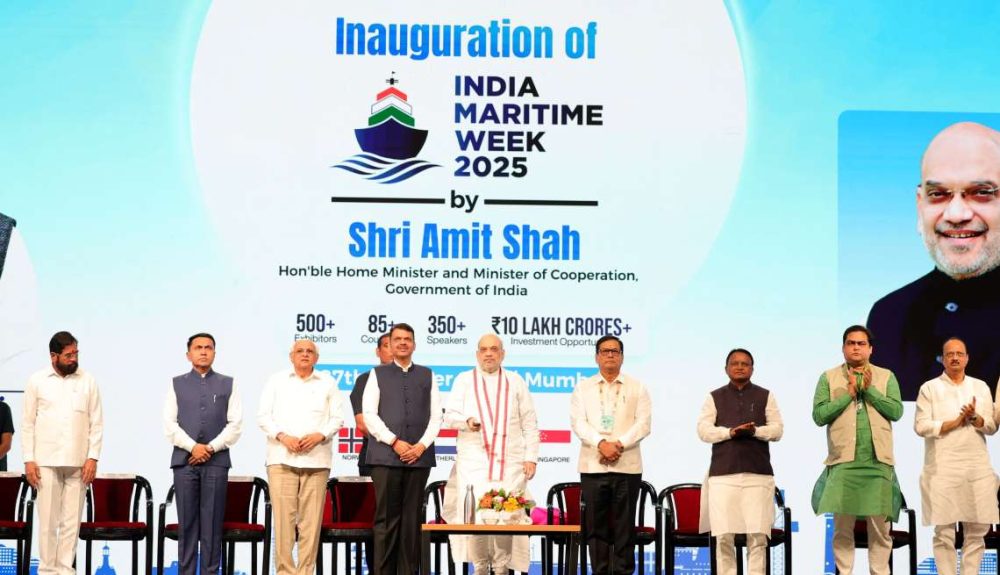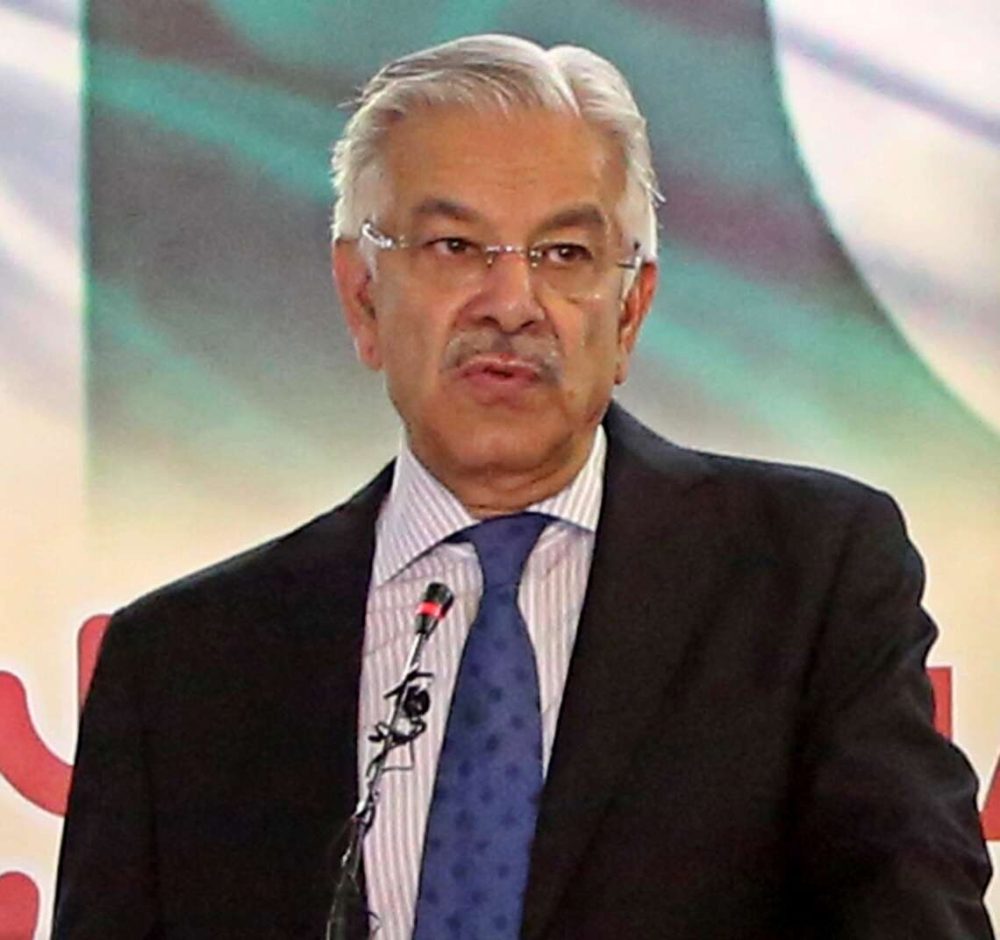Starmer can still pivot by shelving or softening the most unpopular cuts, by accelerating the tangible benefits of his trade deals, and by delivering real-world improvements in living standards…reports Asian Lite News
Keir Starmer marked his first anniversary in Downing Street on Friday – but if the latest polls are anything to go by, it’s far from a celebration. According to YouGov’s 30 June survey, Labour and Reform UK are locked on 24 percent each, while both the Conservatives and Liberal Democrats trail at 17 percent apiece. Whispers that the Tories could tumble into fourth place have migrated from fringe panic to mainstream concern. For a party that swept to power with a 411-seat majority only twelve months ago, this slump is almost unprecedented – and it inevitably invites comparisons with Liz Truss’s turbulent six-week premiership.
Starmer strode into No 10 by lambasting the Conservatives for “wrecking the economy” and proclaiming that “growth is our number-one mission.” Under his watch, growth briefly flickered back to life – GDP surged by 0.7% in Q1 2025, its strongest quarterly rise since mid-2023, while real wages inched upward from late 2023 onwards, offering some respite to households squeezed by borrowing costs and rent inflation.
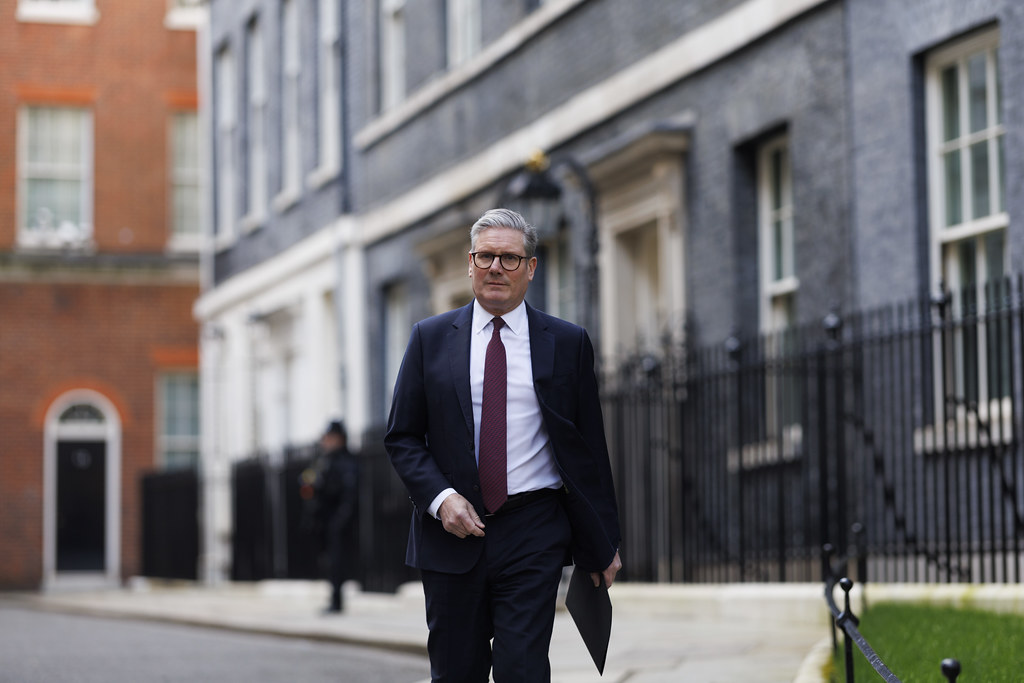
Yet that momentum proved fragile. April saw the sharpest monthly contraction of the year, and productivity remains stubbornly flat, threatening to swallow any gains in pay. To plug what his team dubbed a £21.9 billion “black hole,” Starmer’s Treasury adopted measures more reminiscent of Tory orthodoxy than traditional Labour. In summer 2024, ministers voted to scrap winter-fuel payments for around 10 million pensioners, only to perform a last-minute U-turn in the face of furious backlash. The allowance is now reinstated for Winter 2025–26 under fresh means-testing. That episode encapsulates the tension at the heart of this government: a genuine desire to demonstrate fiscal discipline, yet acute vulnerability when cuts collide with public sympathy.
As the first Labour government since the country voted Leave, his determination to rebuild alliances and tying them to economic growth made a strong initial impression. He finally concluded the long-pending free-trade agreement with India, cutting tariffs on 90 percent of UK exports and promising up to £4.8 billion in extra annual output by 2040. Almost immediately, he struck a “reset” deal with the EU to slash red-tape on food, drink and animal products. Despite criticism from some right-wing voices, it neatly served his “Rebuilding Britain” narrative and is expected to boost bilateral trade by around £9 billion a year by the mid-2030s.
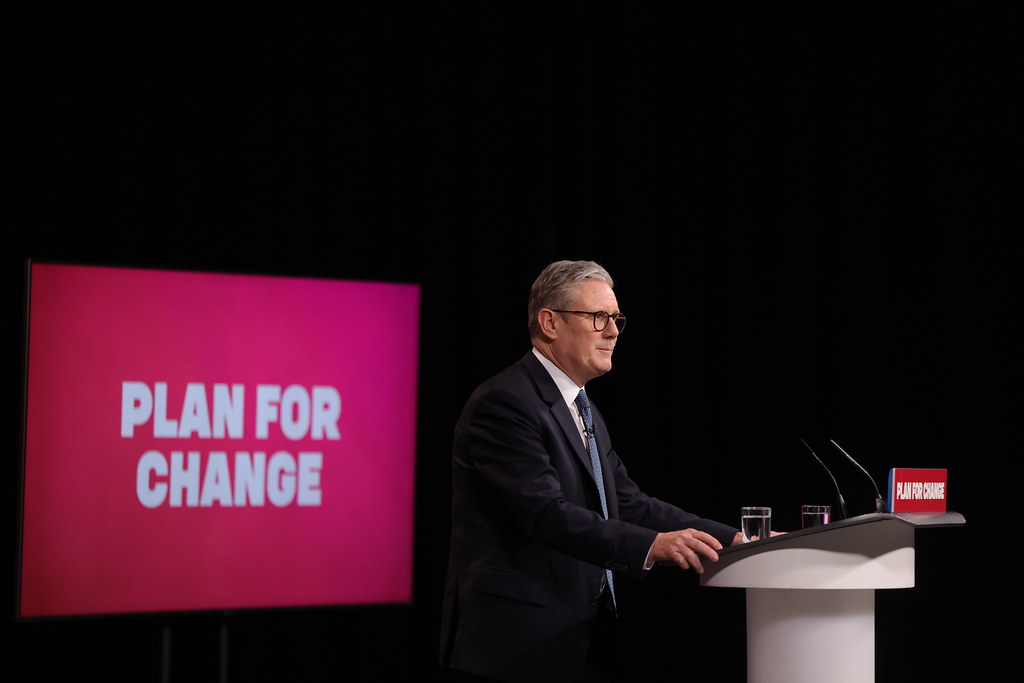
Successively, he clinched a deal with the US – a signal of maintained transatlantic confidence and particularly the retaliatory tarrifs debacle, which while shook the entire world, was a disaster Starmer was able to avoid. Normally, The White House is Britain’s rock-steady ally. But Starmer unfortunately, inherited a Washington which was unfazed about publicly sparring with partners and throwing diplomatic hand grenades. An unexpected challenge relatively early on in his tenure, Starmer managed Trump well with his patient approach and back-channel conversations and making sure U.S. ties with NATO do not succumb to any of Trump’s impulsive moves or statements, particularly post the spat between the U.S. President and Ukrainian premier Zelenskyy. U.K. under Starmer played an important role in maintaining cordial ties with Ukraine, other NATO allies and the U.S. especially with Trump’s soft spot for Putin being public knowledge.
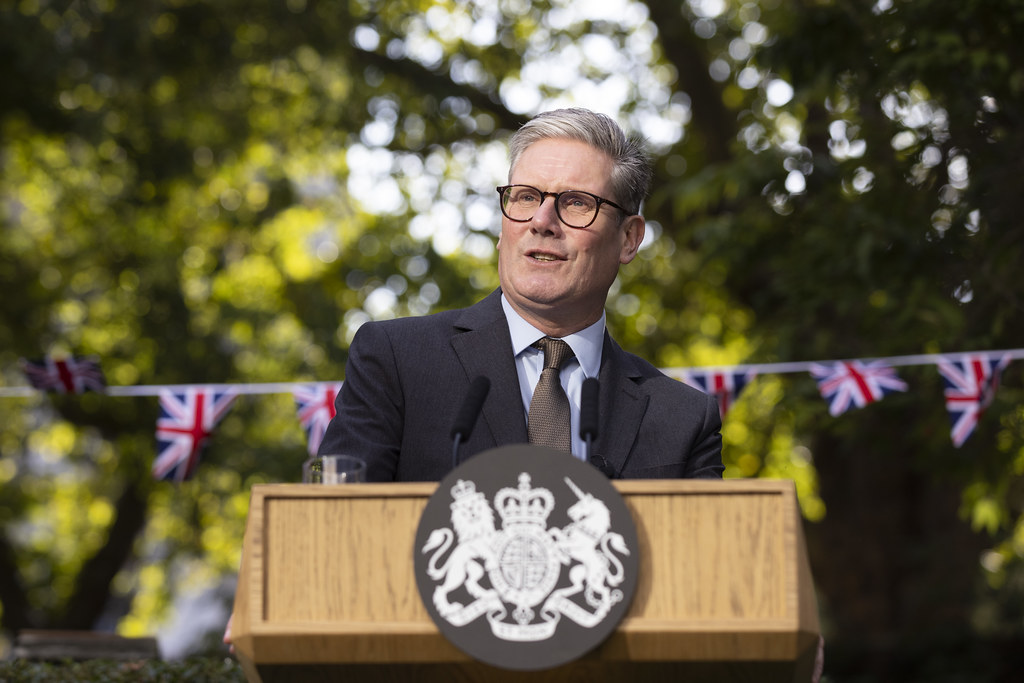
However, Starmer’s insistence on a hefty defence uplift, a move lobbied by the U.S. risks undermining his own economic goals. The increase, which would up purchase of jets, technology and weaponry – majority of it coming from across the Atlantic, may cause either tax rises or deeper cuts to public spendings. It is then safe to say that ambitions on the world stage have gone hand in hand with tough choices at home. Beyond the winter-fuel saga, Starmer’s flagship Welfare Reform Bill – aimed at saving around £5 billion by tightening Personal Independence Payments and Universal Credit eligibility, was watered down after 120 Labour rebels were set to revolt. Cuts to PIP were dropped entirely, halving the expected savings and underscoring the gulf between fiscal resolve and social solidarity. Chancellor Rachel Reeves’s autumn 2024 Budget vowed to “restore stability” to the public finances, yet the subsequent Spring Statement delivered further stealth tightening – catching some ministers off-guard and fuelling speculation of fresh tax rises. Each U-turn chips away Labour’s credibility of its claim to be the party that defends working-class households.
One year is certainly enough to judge a government, and the polls make clear how harshly it is being assessed. Starmer’s administration has shown that it is laser-focused on reviving the economy and forging international partnerships, determined to project Britain as a global leader. However, that ambition goes hand in hand with cuts to domestic spending – whether be it trimming disability benefits, resisting a cap on child allowances or axing winter fuel payments. While these measures can be defended in the name of “national interest”, it is ironic for a party that still wears the red flag. In pushing through hefty defence orders from the US and tightening welfare, Labour risks alienating the very working-class voters who delivered its landslide.
To highlight the looming crisis further, despite soaring from 202 to 411 seats, Labour’s vote share crept by only 1.6 points – from 32.1 percent in 2019 to 33.7 percent in 2024, while the Conservatives plunged from 43.6 percent to 23.7 percent while it was Reform UK who made the biggest gains in this election, surging to 14.3 percent. It would not thus be an exaggaration even to say Labour’s 2024 victory is not as much of a Labour victory as much it is a Tory loss. In effect, Reform siphoned off Tory support, paving Labour’s path to victory. Without that split on the right, many red-wall seats would likely have stayed blue.
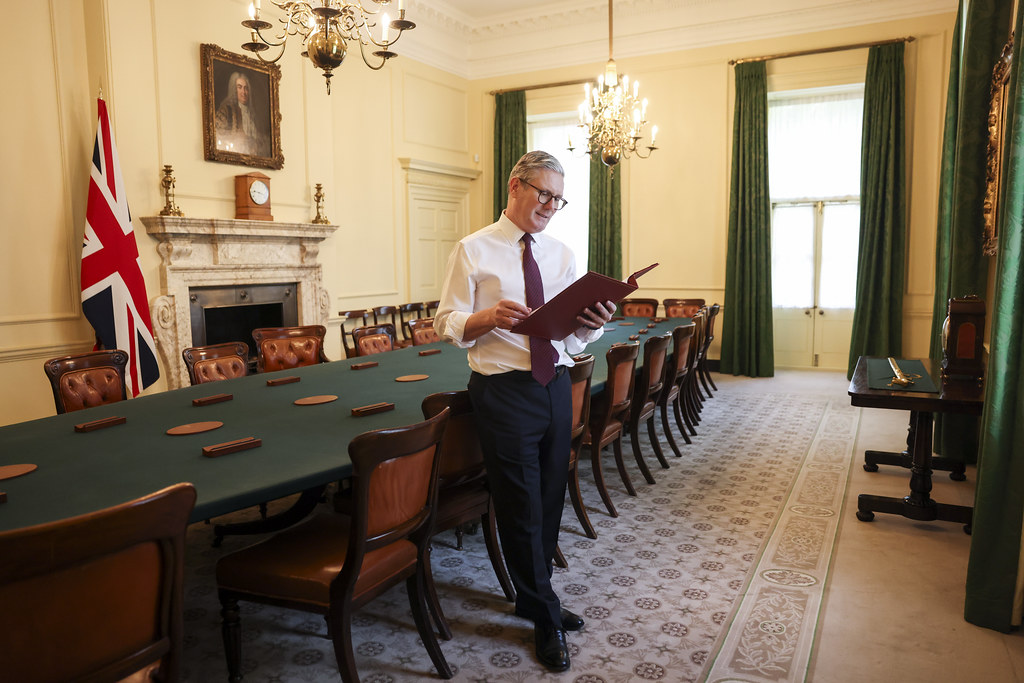
A party in Labour’s position would normally seek to consolidate its fragile mandate by broadening its appeal; instead, the government’s recent U-turns and belt-tightening risk emptying its tent. Yet there is still time. Starmer can soften the most unpopular cuts, accelerate the tangible benefits of his trade deals and deliver real-world gains in living standards. If he does, momentum may yet swing back. But if Year Two fails to translate bold ambitions into pocket-level improvements, the honeymoon may be well and truly over.
Starmer’s 411-seat majority looks resplendent on paper, but it masks a far more delicate electoral reality. In June 2019, Labour secured 32.1% of the vote; by July 2024, it had nudged that share to just 33.7 percent – a modest gain of 1.6 points. The Conservatives, by contrast, plunged from 43.6 percent to 23.7 percent, as Reform UK rocketed to 14.3 percent. In truth, it was Reform’s surge that underpinned Labour’s gains: without a splintered right, many red-wall constituencies might have stayed blue. If a party that styles itself as a working-class champion continues to alienate the very voters who delivered its majority, the question becomes simple: who, exactly, remains in its tent?
One year is a long time in politics—long enough for policy to take shape, yet short enough that course-correction remains possible. Starmer can still pivot by shelving or softening the most unpopular cuts, by accelerating the tangible benefits of his trade deals, and by delivering real-world improvements in living standards. Success on those fronts could restore momentum, mend relations with the “red wall,” and vindicate his claim to serious stewardship. But if Year Two fails to translate lofty ambitions into everyday gains, the honeymoon will be well and truly over. For a government that set out to rebuild Britain—economically and geopolitically—the greatest test now is proving it can do so without forsaking the voters who put it in power.











